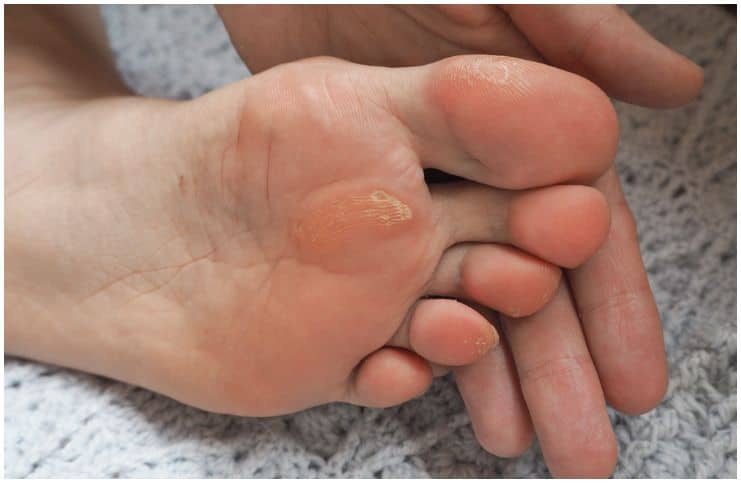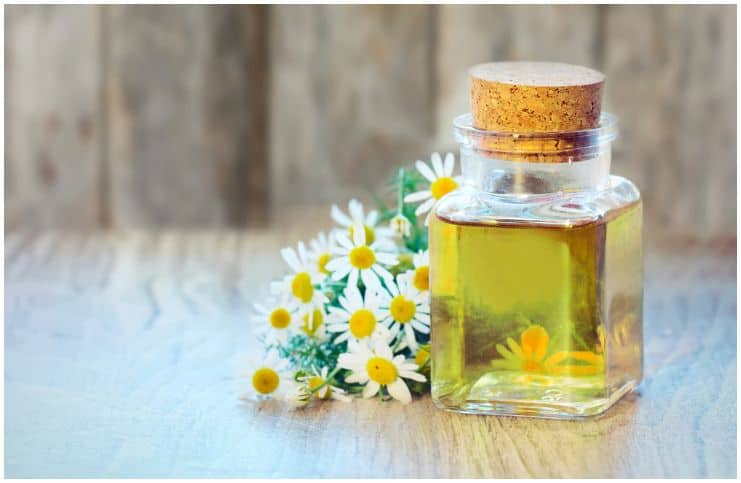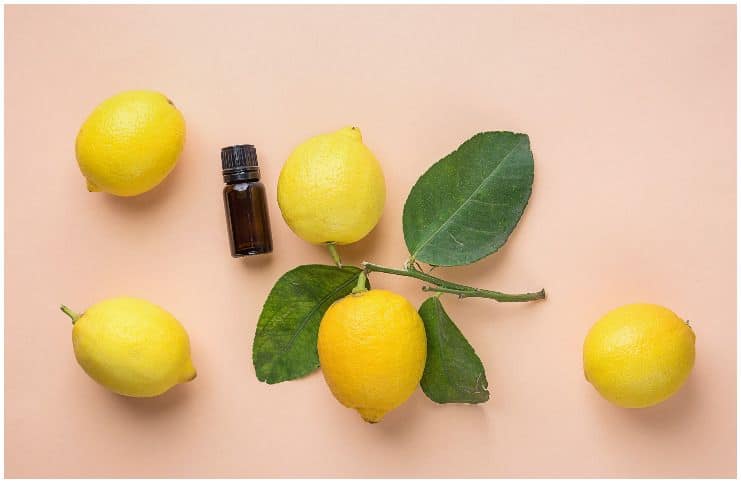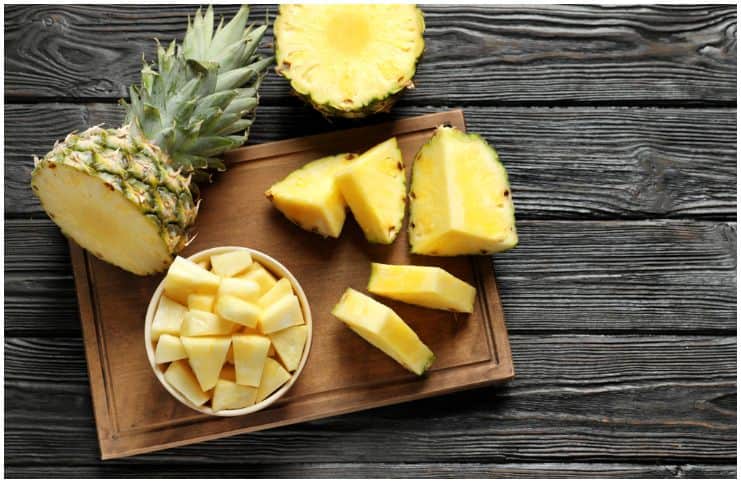Essential Oils For Corns And Calluses:
Corns and calluses are hard and thickened areas of skin that occur when the skin protects itself against the friction and pressure of the ground or shoes.
Corns
Corns usually have a central core of keratin that can be seen.
The top of the 5th toe is the most often site for a corn.
Occasionally, corns are found between the toes, where they can be extremely painful. Also, corns might get painful if they are pinching on a nerve.
There are two main types of corns:
- soft – they are white and rubbery and usually develop between the toes;
- hard – they are concentrated areas of hardened and dry skin. They are usually found over the joints of the toes due to pressure from poorly fitting footwear.
Ulceration and infection of corns may occur and is a serious complications for individuals with insensitive feet, diabetes (a group of metabolic diseases in which the sufferer has high blood glucose), or poor circulation.
Calluses
Calluses are bigger than corns and are often found on the bottom of the foot, either around the front of the foot at the base of the 1st and 4th toes or around the heel — areas where pressure occurs.
They are usually painless or only mildly painful. They can form in areas that are repeatedly exposed to friction or pressure.
Corns and calluses are usually symptoms of underlying health issues and in some cases, early warning symptoms of more complex foot problems.
Symptoms
Characteristics of corns include:
- reddish or yellow in color;
- a small, typically painful bump over a bony prominence, between toes, or on the top or the side of a toe.
Characteristics of calluses include:
- reddish or yellow in color;
- a painless or slight degree of burning sensation or pain;
- rough, thickened area of skin.
Complications
Left untreated, they can cause the skin to crack and make you susceptible to bacterial infections.
Causes
Calluses and corns are not contagious and are not caused by viruses. But, they are caused by repeated friction or pressure on an area of skin.
You are more likely to get corns and calluses if you have the following foot conditions:
- bone spurs – they are bony projections that occur along bone edges. If you have a bone spur, it can lead to extra pressure on the shoes, causing a callus;
- bunion – it is a painful bony bump that occurs on the inside of the foot at the big toe joint. A bunion can rub on the shoes, causing corns or calluses;
- if the toes curl into a claw shape, it can lead to a corn on the toe.
Risk Factors
Anyone can develop corns or calluses, however, some individuals are especially at risk, including:
- individuals who regularly wear shoes that are tight, narrow, high-heeled, or ill-fitting;
- seniors – since aging skin loses fatty tissue and elasticity;
- an individual with foot complaints, like – arthritis or hammer toe (a deformity which causes the toe to curl or bend downward), since a bony prominence can rub against the shoe or neighboring toes;
- individuals with feet that roll outwards – due to excessive pressure on the outside of the foot;
- individuals with feet that roll inwards – due to excessive pressure on the inside of the heel;
- individuals who spend a lot of time standing up – due to the continuous weight-bearing pressure on the feet.
Treatment
Treatment options may include:
- surgical correction of the bony prominence which may be causing the high-pressure area;
- proper assessment to determine the cause of the callus or corn;
- the use of customized orthotics to relieve pressure under the foot;
- eliminating the diagnosis of a verruca, a small lump on the skin that occurs on the sole of the foot;
- advice on correctly fitting footwear;
- use of padding to prevent pressure;
- regular maintenance to keep the callus and corn reduced.
Here Is A List Of 5 Essential Oils For Corns And Calluses:
#1 Turpentine
It penetrates into the skin quickly, therefore, the healing time may be faster. Also, this oil is a potent antiseptic that can help treat corns.
#2 Garlic
It is antibacterial in nature, hence, it will protect the toes and feet from infections. Furthermore, its powerful organic and acid compounds, especially allicin, will help to eliminate inflammation and improve the health of the feet.
#3 Chamomile
It can soothe and temporarily change the pH of the skin to help dry out sweaty feet. Two drops of the essential oil might be all you need.
#4 Lemon
It is packed with natural soothing agents and antioxidants which can soften the hardened skin.
#5 Castor
This essential oil softens the corn or callus and makes it disappear in a short amount of time.
Home Remedies
#1 Baking Soda
It is a mild exfoliant that helps clean the pores. Its antifungal and antibacterial properties prevent infections. In addition, this natural exfoliating agent scrubs off the dead layer of the skin.
#2 Epsom Salt
Its name is derived from a saline spring located at Epsom in Surrey, England. You simply need to soak your feet for at least fifteen minutes, then remove the calluses and corns with a pumice stone.
#3 White Vinegar
The potent antibacterial and antifungal properties of white vinegar reduce the risk of infection. Also, its high acidity level helps to soften the hard skin.
#4 Pineapple
Pineapples contain bromelain, an enzyme that is effective in treating osteoarthritis, nasal swelling, poor digestion, muscle soreness as well as folliculitis. To use it, you need to place a pineapple ring on a corn overnight.
#5 Onion Juice
To soften the callus, apply onion juice to the affected area and cover it with a cloth for 24 hours.
Prevention
Prevention methods include:
- use pads and cushions to reduce pressure points and rubbing;
- limit the time you wear dress shoes or high heels;
- stop wearing shoes that irritate the toes or feet. It is recommended to try toe protectors or shoe stretchers with any uncomfortable shoes.
READ THIS NEXT:
Essential Oils For Sprained Ankle and Bruises
Essential Oils For Cradle Cap (Infantile Seborrheic Dermatitis)
References https://www.ncbi.nlm.nih.gov/pmc/articles/PMC5639769/ https://www.researchgate.net/publication/14554665_Callosities_corns_and_calluses http://journals.sagepub.com/doi/full/10.1177/1932296815616135




